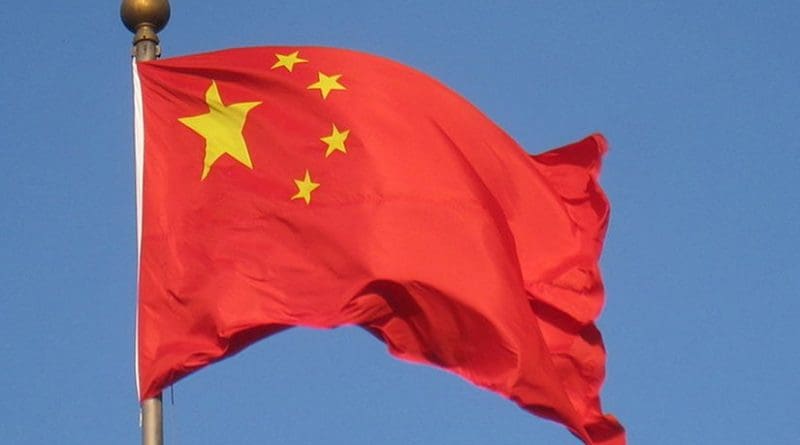Dumping The Current ‘Market Economy’ Paradigm – OpEd
The West is accusing China of manipulating global markets yet again. This time, it wants to delay a much-anticipated Market Economy Status (MES) for China under the World trade Organization (WTO). When China joined the WTO in 2001, it was pre-conditionally designated as a centrally-planned “non-market economy” for the next 15 years – till December 2016.
Now that the “probationary period” is almost over, the West is baulking. European lawmakers voted overwhelmingly on May 12 to designate China as a “non-market” economy.
There is nothing new in this latest trade tirade. Beijing faces the same old accusations of artificially glutting global markets with cheaper products from its state-subsidized enterprises. This results in a Made in China item in every household that matches – in frequency and costs – the annual bankruptcy tally in the West. This is the borderless free market system working at its best, but “laissez-faire” no longer excites its Western originators. In fact, it has conveniently disappeared from the vexing corpus of Western business clichés.
Trade disputes involving China are of epic, bazaar proportions. They involve items ranging from chicken feet, thermal paper, steel sinks, lawn equipment, automotive radial tyres, and VSF textiles to amoxicillin. But it is Chinese steel that is currently agonizing EU lawmakers.
China, in fact, has already taken steps to reduce its steel overproduction. The Hebei provincial government had recently announced the phased closure of 240 of its 400 steel mills by 2020. Hebei accounts for 25 percent of all steel production in China. But even with such declared plans of factory closures in Hebei and elsewhere, China’s annual excess steel capacity would still be in the region of 200 million tons. The total steel workforce facing redundancy in the Hebei province alone may exceed one million workers – three times the number of steelworkers in the EU. That is a staggering figure from one Chinese province alone, entailing a sacrifice that EU policymakers seem to conveniently ignore.
The EU’s steely recriminations, however, tend to mask its growing angst over several strategic undercurrents along the revived Silk Road.
China’s current steel surplus, reportedly weighing over 400 million tons, may take years to be absorbed into various One Belt One Road (OBOR) initiatives. Until then, Beijing needs to keep many of its factories intact. That means more Chinese steel in the market, and more insolvency reports from the West. In a classic Catch-22 situation, a WTO-prescribed “rationalization” (closure) of Chinese factories may render many OBOR proposals stillborn due to the ensuing paucity of cheaper steel. Some of China’s Silk Road partners do not have the capital to afford market prices for steel and this seems to be what the EU is banking on.
The Western stratagem seems ingenious enough. Raise trade barriers against China, apply pressure on its exports and undermine the OBOR process over next two or three years through selective interpretation of a turgid WTO legal codex.
The EU needs its factories running for other reasons as well. Germany alone will spend €94 billion on refugees until 2020. Apart from housing, integration, German language courses and social welfare benefits, this budget includes educational material for adults on proper toilet and gender etiquettes. The Mannheim Center for European Economic Research (ZEW) estimates Germany’s refugee crisis to cost €398 billion. When this sum is extrapolated across the EU, total refugee costs may easily exceed €1 trillion by 2020.
If the West thinks that Asian enterprises are going subsidize this madness by applying WTO-style brakes to its industries, then it better think again.
This article first appeared as a Panview Op-ed at CCTV

